Complete your selection
InflaRelief Formula is an anti-inflammatory supplement with a broad spectrum of action. It combines the best natural substances for promoting inner balance (curcumin, bromelain, gingerols, quercetin, rutin…) as well as 3 excellent patented ingredients (Perluxan®, 5-Loxin® and Bioperine®).
What is in the supplement InflaRelief Formula?
InflaRelief Formula packs into a single capsule 12 natural nutrients chosen for their re-balancing effects on the body:
- Perluxan®, a hop cone extract standardised to 30% alpha and iso-alpha acids (1). Alpha-acids are, amongst others, responsible for the bitter taste of beer, as well as for helping to preserve it via a natural anti-bacterial action. Unlike the whole plant, this particular form of extract is free from any oestrogenic effect and does not affect sleep;
- nettle (Urtica dioica) in the form of a standardised extract. It supports good immune and osteoarticular system function as a result of the anti-inflammatory action of its caffeoylmalic acid (2) ;
- cat’s claw (Uncaria tomentosa), standardised in oxindole alkaloids. Also known as ‘vine of Peru’, it helps support the immune defences (3) ;
- turmeric (Curcuma longa) with 95% curcuminoids for enhanced efficacy. A root symbolic of Ayurvedic medicine, it has antioxidant properties and helps maintain good immunity (4) ;
- tulsi (Ocimum sanctum). An age-old adaptogen plant from Tibetan medicine, this helps maintain optimal physical and mental health and also supports normal immune function as well as having an antioxidant action (5) ;
- bromelain. This pineapple-derived proteolytic enzyme complex has a remarkable capacity for ‘digesting’ proteins. As it is not completely broken down during digestion, it reaches the bloodstream to exert a systemic action (6). Pineapple was traditionally used by the indigenous peoples of the Caribbean as a topical aid to wound-healing ;
- ginger (Zingiber officinale), in the form of an extract standardised in gingerols and shogaols. Used for thousands of years in south-east Asia, this spicy root has been widely-studied by the scientific community. One study specifically showed how 6-gingerol interacts with the osteoarticular system (7) ;
- quercetin, a flavonol found naturally in many plant- foods (such as apples and capers) forming part of their defence system (8) ;
- rutin, a bioflavonoid extracted from the aromatic shrub Ruta graveolens, or Common rue, with a similar action to that of quercetin (9) ;
- rosemary (Rosmarinus officinalis), standardised to 6% rosmarinic acid, a powerful phenolic acid. A key herb in Mediterranean cuisine, it was also an ingredient in the Queen of Hungary’s Water, which she used to relieve her painful rheumatism (10) ;
- 5-Loxin®, a specific extract of Boswellia serrata standardised to 30% acetyl-keto-beta-boswellic acids (AKBA). Studies have specifically investigated the effect of this active principle on inflammatory markers (IL β , IL-6, TNF- α and PGE2) (11) ;
- Bioperine®, extracted from black pepper and standardised in piperine. It increases the absorption and availability of the other compounds (12).
What is chronic inflammation ?
Inflammation is the body’s normal physiological response to a stressor: infection, trauma, exposure to an allergen… Initially beneficial, this adaptive mechanism is designed to accelerate elimination of the pathogen and promote healing.
There are usually four signs of inflammation: heat, redness, swelling and pain. These are the result of the mobilisation of immune cells to the site of injury or infection. First in line are the neutrophils and macrophages whose job it is to neutralise the causative agent by ‘digesting’ it (phagocytosis). If this first line of defence proves insufficient, specific immune cells called B and T lymphocytes come into play.
This inflammatory response is normally temporary and stops once the cause has been identified and dealt with. But in some cases, it gradually and insidiously takes root over time: this is referred to as chronic inflammation or low-grade inflammation. It can therefore remain in the background of most long-term disorders such as osteoarthritis, diabetes and even auto-immune diseases (rheumatoid arthritis, ankylosing spondylitis, psoriasis, Crohn’s disease…) (13).
A reliable marker of an inflammatory state is an individual’s level of CRP (C-Reactive Protein) which can be confirmed by a blood test. A value above 6mg/L indicates the presence of inflammation in the body.
What is in InflaRelief Formula
Any questions?
Our team of nutrition experts and scientists has the answers.
These simple measures can help reduce chronic inflammation:
- take regular exercise. Physical activity stimulates the release of interleukin-6 (IL-6) and interleukin-10 (IL-10), two cytokines which naturally lower inflammation levels (14). The effect is even more pronounced when the exercise is prolonged;
- lose weight. Adipose cells affect fatty tissue macrophages by maintaining an inflammatory state (15). If you are overweight, try to lose a few kilos by making appropriate diet and lifestyle changes;
- adopt an anti-inflammatory diet. Reduce your consumption of sugar and prioritise foods with a low glycaemic index (GI) (such as pulses and whole grains) (16). Eat plenty of highly-coloured fruits and vegetables containing antioxidants. At the same time, increase your omega-3 intake (with oily fish, rapeseed oil, walnuts, flax and chia seeds ...) to redress the balance with omega-6, an excess of which becomes pro-inflammatory (17);
- avoid stress as much as possible. Increased psychosocial stress can raise CRP levels (18). To reduce inflammation, indulge in some relaxation exercises, yoga, meditation or any activity you find relaxing.
This product’s capsules are composed of HPMC (hydroxypropyl methylcellulose), a plant substance derived from cellulose. HPMC is widely used for medicines and dietary supplements. It contains no animal ingredients, is recognised as safe by health authorities and is considered more sustainable than synthetic alternatives.
To help fight inflammation, the supplement InflaRelief can be combined with various other products, depending on your particular problem:
- for joint discomfort, consider Joint Support Formula enriched with bamboo, a plant that contains silica which reduces joint and bone discomfort (19) ;
november 10 2025
En cours, apparemment efficace.
october 27 2025
muy eficaces
october 24 2025
On produit
october 18 2025
Prodotto fitoterapico a più componenti, tuttavia alcuni di questi ormai obsoleti e superati da varianti più biodisponibili o potenti tipo la isoquercetina, la salicilina e l'artiglio del diavolo. Già segnalato più volte, ma evidentemente non interessano le valutazioni degli abituali acquirenti
october 11 2025
J'utilise depuis des années que des bonnes choses dans ce complex

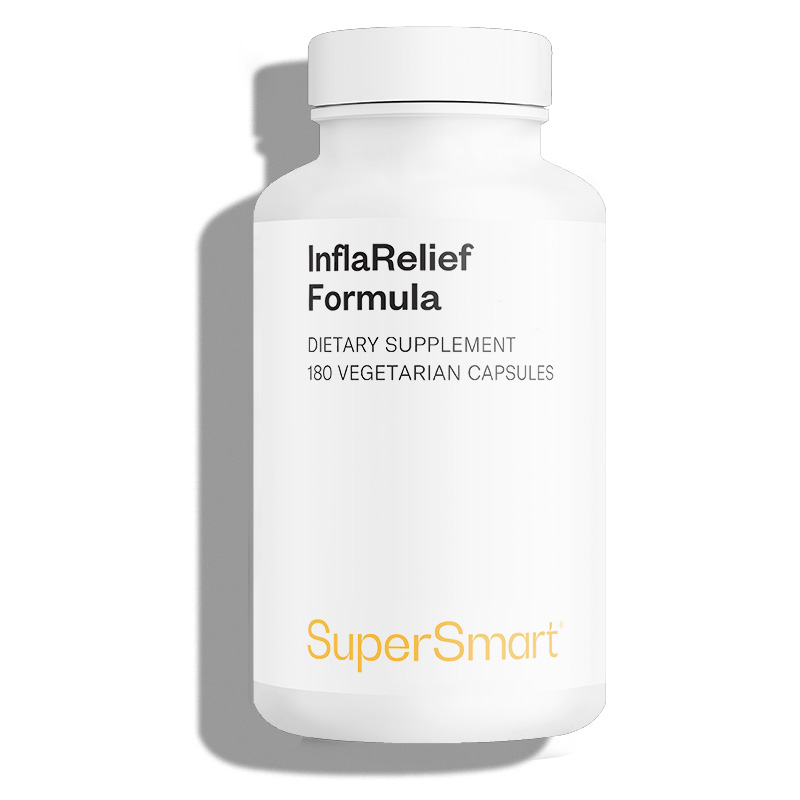
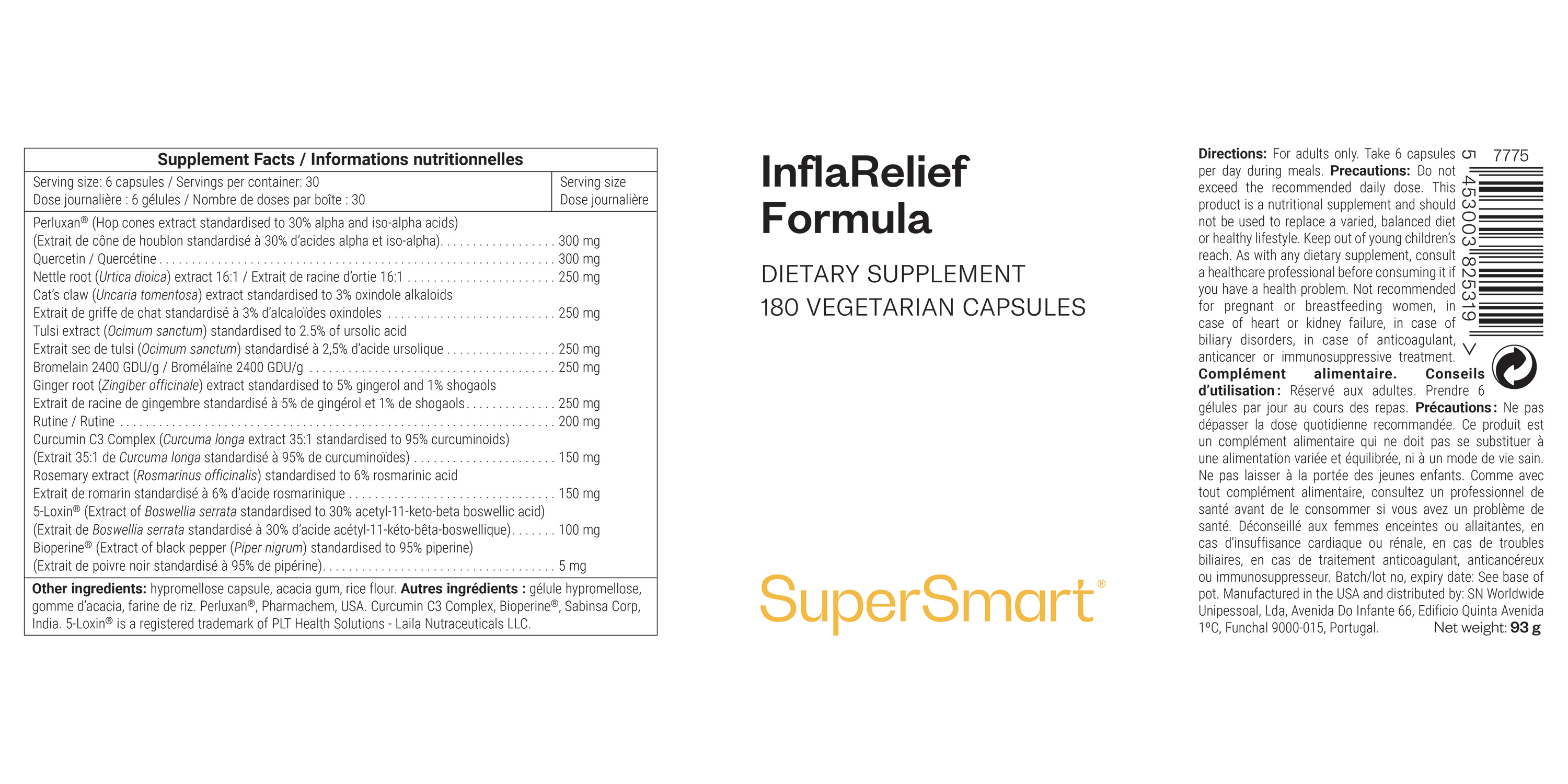
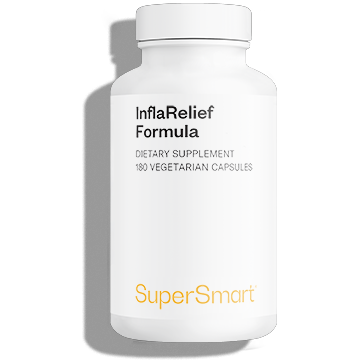
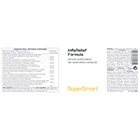

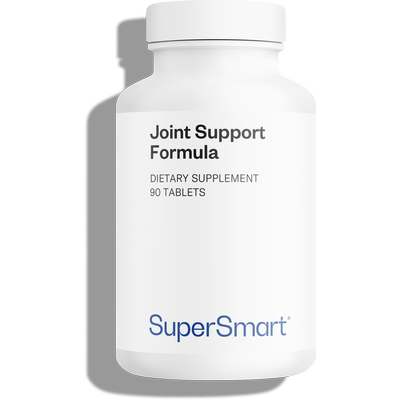
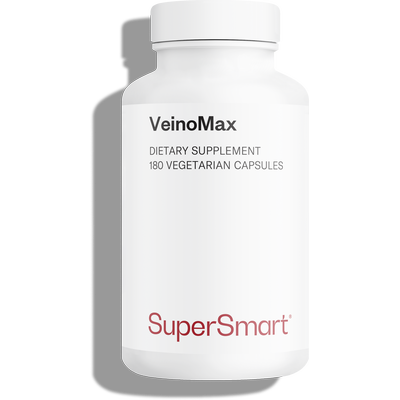
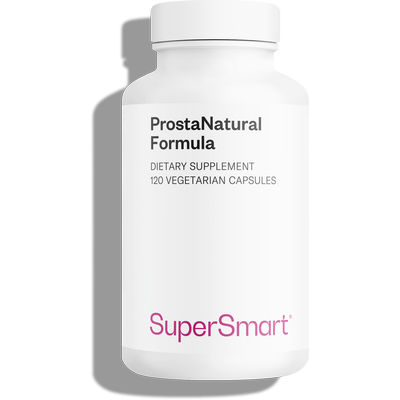
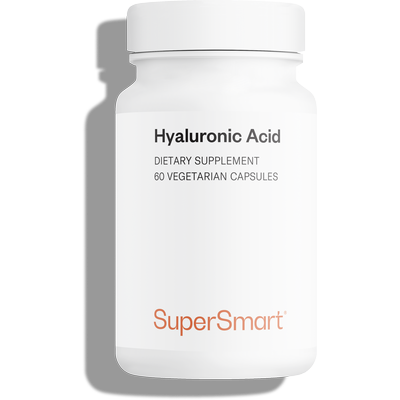
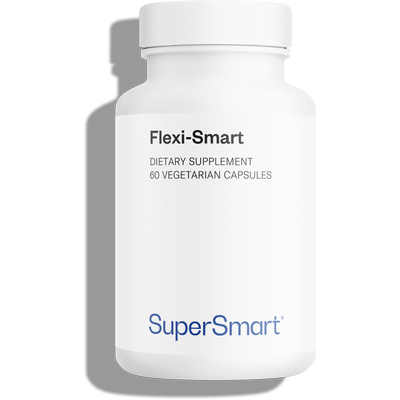
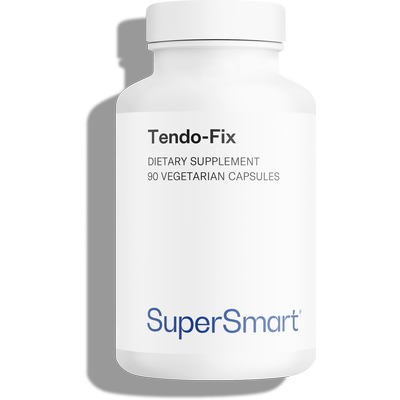
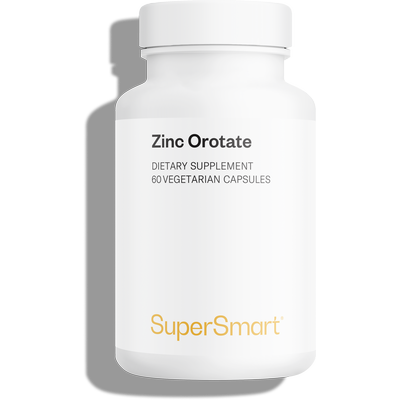
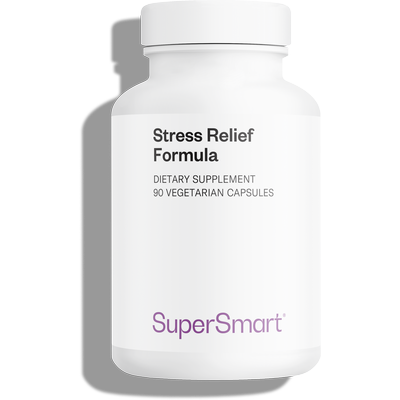

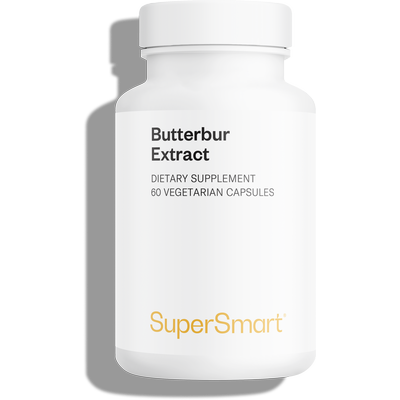
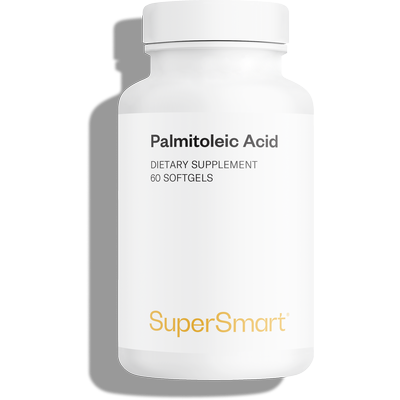
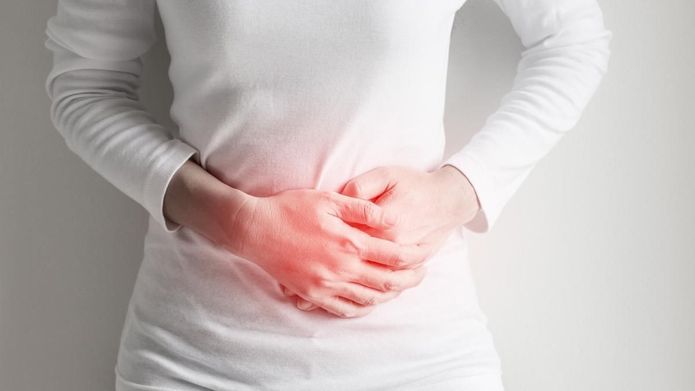


Bonjour Ariane,
Merci pour votre retour.
Nous comprenons que les résultats puissent varier dâune personne à lâautre, selon la situation et la régularité de la prise. InflaRelief Formula agit en profondeur, et ses effets peuvent parfois se faire ressentir de manière progressive.
Nâhésitez pas à nous contacter si vous souhaitez un accompagnement personnalisé ou des conseils dâutilisation adaptés à vos besoins.
Bien à vous,
Gaëlle â Service Client Supersmart